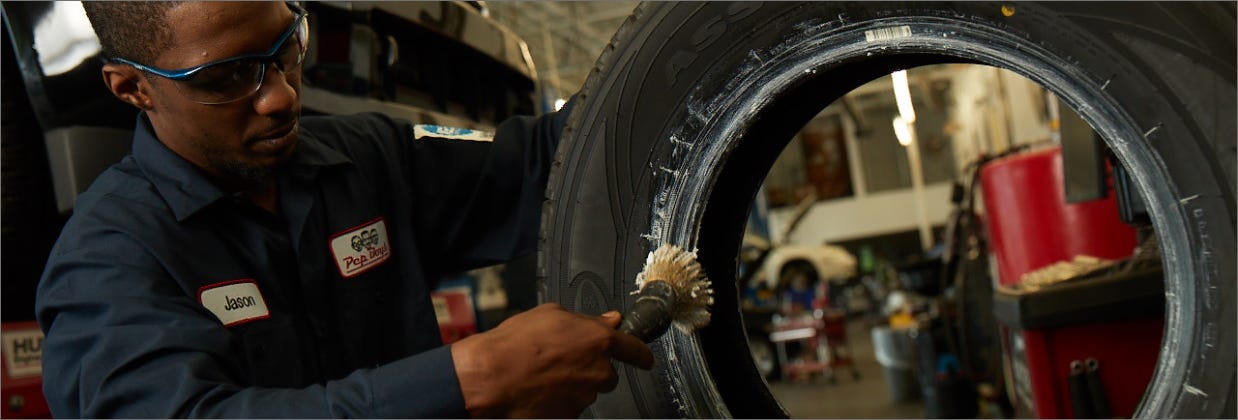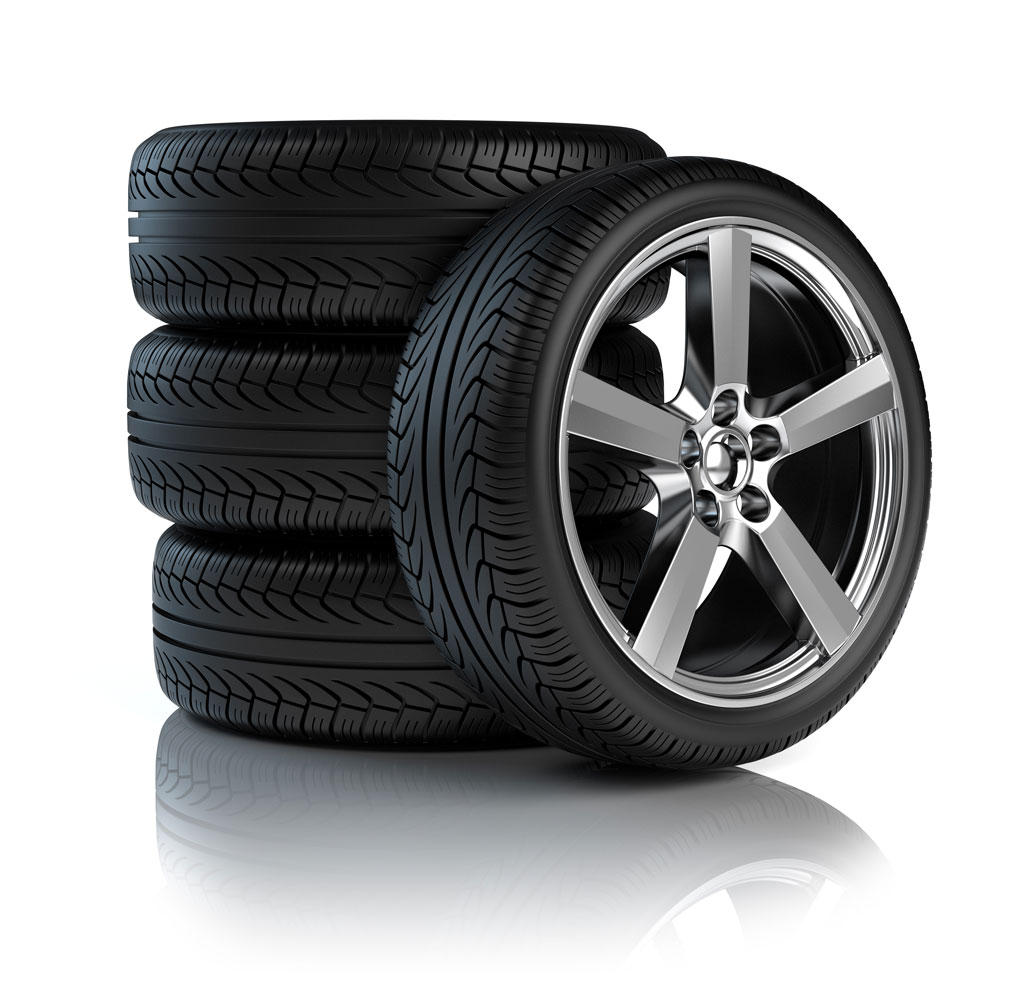Experience Precision with GMC Tire Service at Morris Tires
Experience Precision with GMC Tire Service at Morris Tires
Blog Article
Tire Solution: The Influence of Weather Condition Problems
When it comes to guaranteeing optimum performance and security on the roadway, understanding the effect of weather problems on tire solution is important. GMC Tire Service. In this conversation, we will check out the intricate partnership in between weather condition problems and tire service, losing light on the significance of weather-specific tire upkeep practices and factors to consider.
Heat and Tire Performance
When exposed to high temperature levels, tires experience adjustments in efficiency that can dramatically influence vehicle safety and security and handling. The warm created from long term driving or heat conditions creates the tire rubber to soften, leading to reduced tread life and raised wear. As the rubber comes to be softer, the tire's grasp on the roadway diminishes, influencing braking distances and total traction. In extreme situations, excessive warm can also create tire blowouts, posing an extreme safety risk to the automobile and its occupants.

Cold Weather Results
Winter conditions can have a considerable influence on tire efficiency and security. As temperature levels decrease, tire rubber can harden, leading to decreased grip on icy or snow-covered roads. In chilly climate, tires may also shed air stress more rapidly, which can impact taking care of and fuel effectiveness. In addition, cold temperature levels can trigger tire sidewalls to stiffen, increasing the danger of damage from splits or various other roadway risks.
To mitigate the effects of winter on tires, it is important to consistently check tire stress and inflate them to the manufacturer's suggested levels. Using winter season or all-season tires developed for cool climate problems can also boost traction and grip on icy or snowy roadways. Proper tire maintenance, including regular evaluations for wear and damages, comes to be even more vital throughout colder months to ensure ideal performance and safety.
Rainy Conditions Influence
Throughout wet conditions, tire efficiency and safety and security can be dramatically affected by the wet road surfaces and minimized presence. The step pattern of tires plays a vital function in preserving grip on damp roadways. Tires with worn-out treads are a lot more prone to hydroplaning, where a layer of water accumulates in between the tire and the road surface, resulting in loss of grip. To fight this, chauffeurs should on a regular basis evaluate their tires for sufficient walk depth and think about spending in tires specifically made for wet problems.
Furthermore, wet climate can additionally lower visibility, making it challenging for vehicle drivers to see the road in advance plainly (GMC Tire Service). In such conditions, it is vital to readjust driving speeds as necessary and maintain a risk-free adhering to distance to permit for abrupt quits. Appropriately inflated tires can additionally help in preserving control on wet roadways by providing far better handling and hold
Snow and Tire Safety And Security
Snow-covered roadways posture special challenges for motorists, emphasizing the value of correct tire choice and maintenance. When driving in snowy conditions, having the right tires can make a considerable difference in safety and efficiency. Winter tires are created with special rubber substances and step patterns to offer much better grip on snow and ice compared to all-season tires. The much deeper treads and sipes of winter months tires assist hold the roadway better, lowering the risk of gliding and sliding.

Moreover, motorists ought to consider mounting tire chains in extreme snowy conditions. Tire chains provide extra traction by grasping the snow and ice, boosting stability and control. It is crucial to follow supplier directions visit our website when setting up and utilizing tire chains to prevent damage to the tires and lorry (GMC Tire Service). By choosing the ideal tires, preserving appropriate rising cost of living, and taking into consideration extra traction aids like tire chains, chauffeurs can enhance their safety when browsing snow-covered roadways.
Weather-Related Tire Upkeep
Weather-related tire maintenance encompasses a range of methods aimed at making certain optimal tire function and longevity in various weather circumstances. One vital element of weather-related tire maintenance is tire pressure regulation. Examining tire tread frequently and replacing tires when step wear gets to a specific deepness is important for keeping grip and security in negative weather.
Conclusion
In verdict, climate condition have a substantial influence on tire efficiency and safety. From warm impacting tire pressure and use to chilly weather condition lowering grip, it is essential to think about the weather when keeping and using tires. Rainy problems can reduce hold and bring about hydroplaning, while snow can increase the danger of crashes if tires are not correctly furnished. Weather-related tire upkeep is important in making sure ideal performance and safety and security when traveling.
In this discussion, we will certainly discover the complex partnership between weather conditions and tire solution, losing light on the importance of weather-specific tire upkeep practices and factors to consider.

Report this page